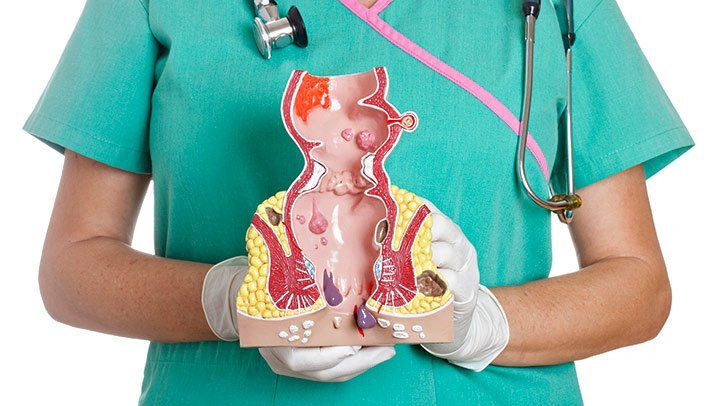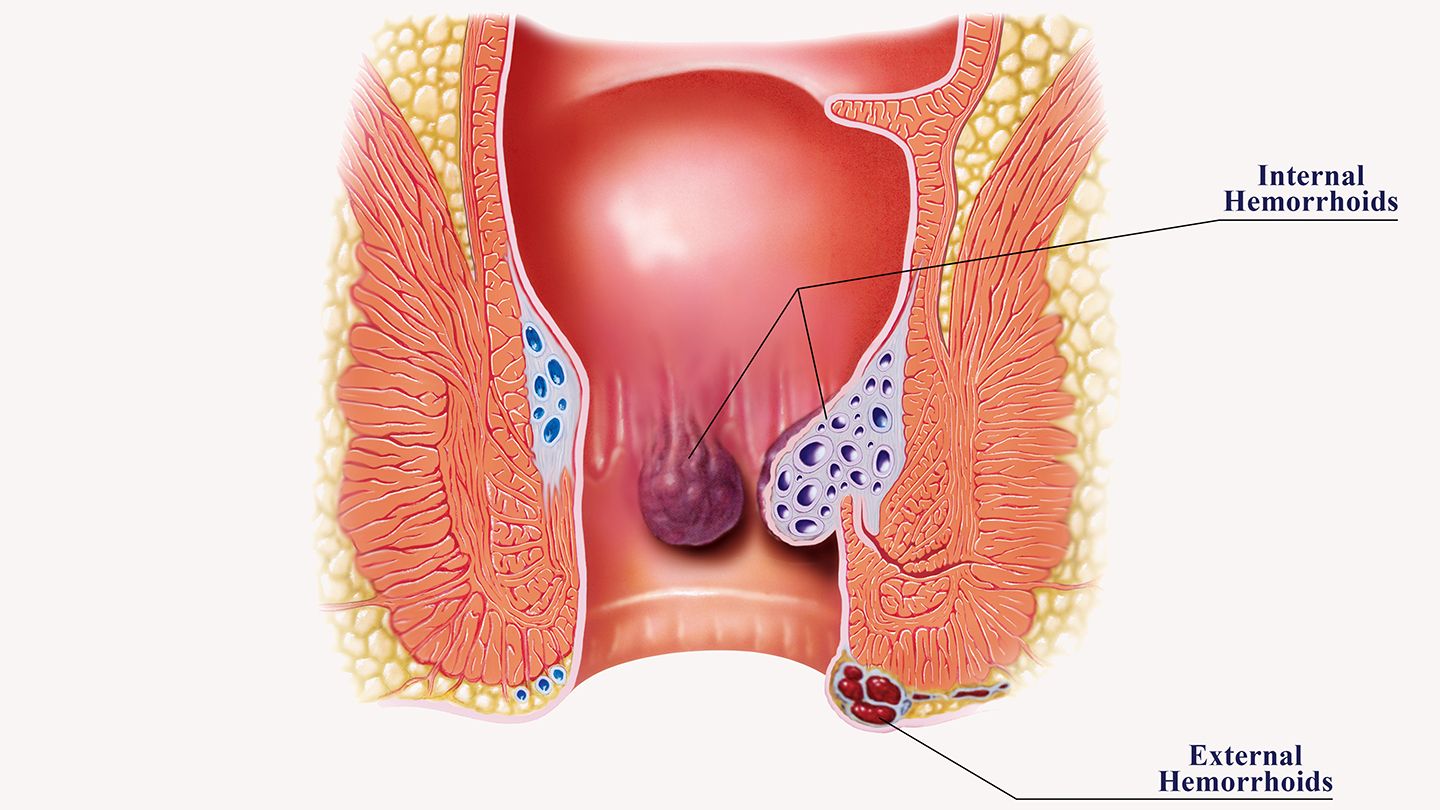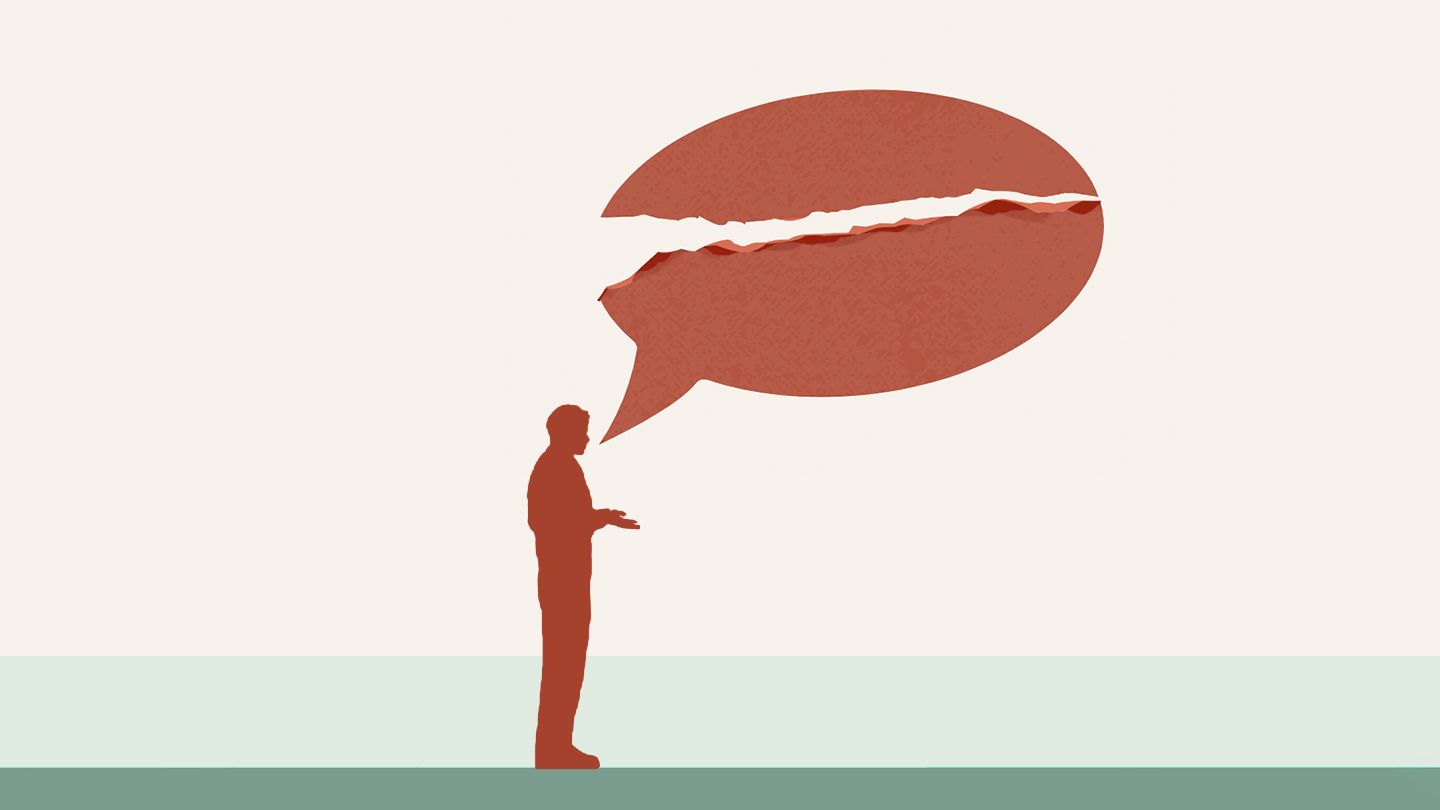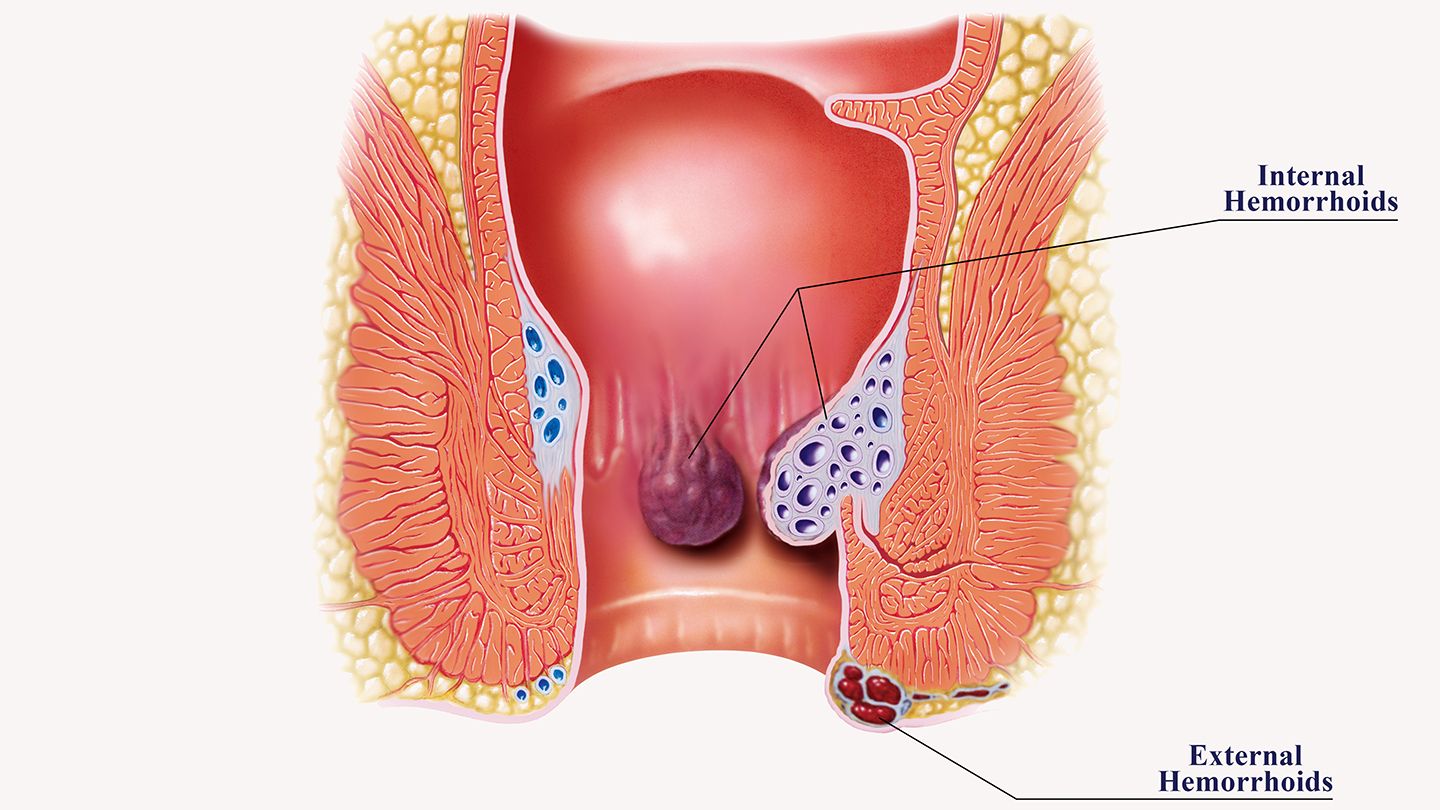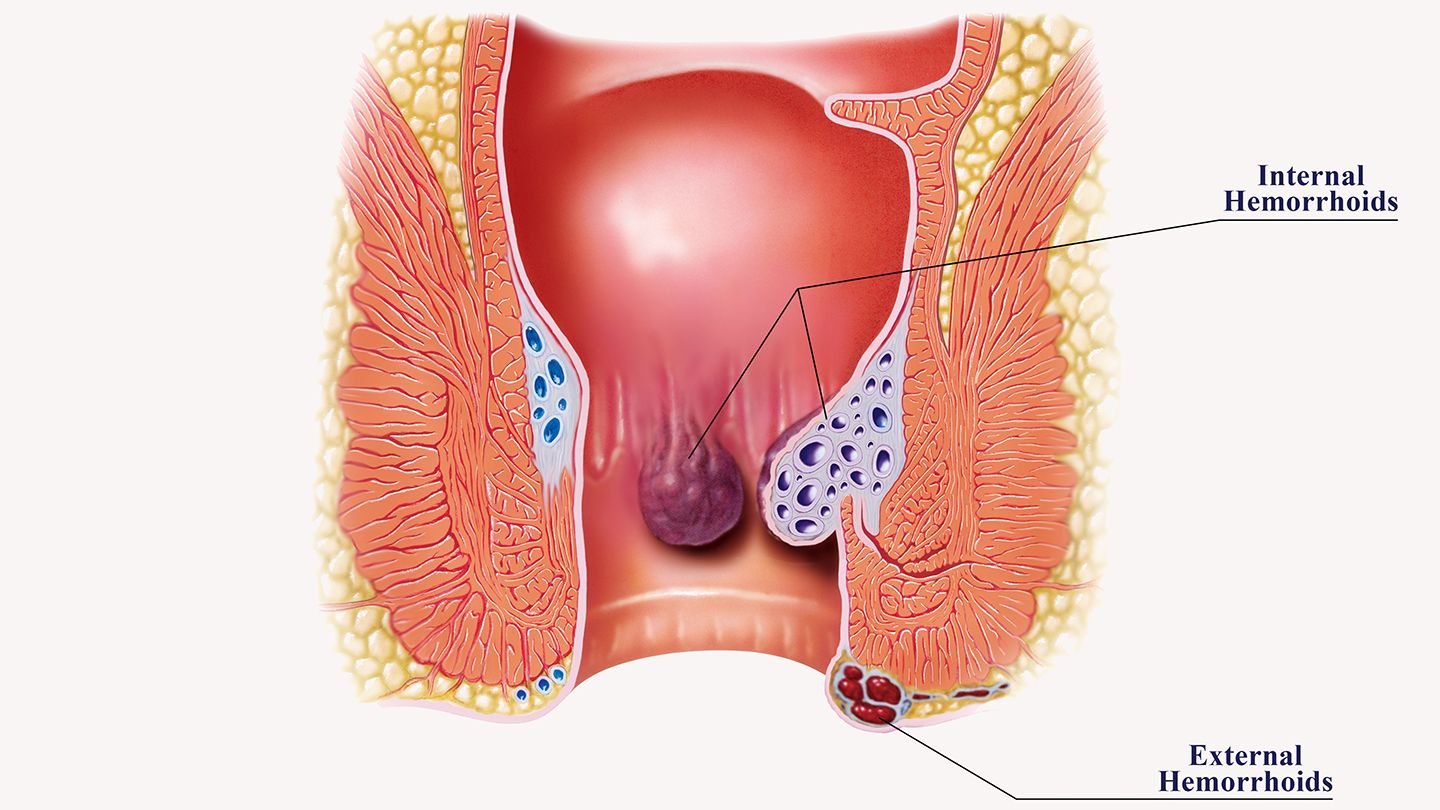Understanding Chafing in the Groin During Pregnancy
Pregnancy brings many changes to a woman's body. As the baby grows, the body must accommodate its increasing size and weight. This extra weight and pressure placed on the body can lead to various skin issues, including rashes and irritation. One common problem many pregnant women face is chafing in the groin area.
What Causes Chafing in the Groin During Pregnancy?
Chafing refers to skin irritation caused by skin rubbing together. The groin area is especially prone to chafing during pregnancy for a few reasons:
- Weight gain - As a woman gains weight, there is more skin surface area rubbing together in the groin region, leading to friction and irritation
- Hormonal changes - Increased estrogen levels during pregnancy cause increased blood flow to the vaginal area, leading to swelling and moisture
- Shape changes - The growing belly shifts posture and stance, altering the way the body and thighs press together
These factors combined often lead to red, inflamed, irritated skin in the groin folds.
Signs of Chafing in the Groin While Pregnant
So how do you know if what youre experiencing is chafing? Some common signs include:
- Red, inflamed skin in creases of groin
- Burning, stinging, or irritation between legs
- Rough, flaky skin around vulva and inner thighs
- Cracked, swollen, blistered, or broken skin
- Pain and tenderness walking or moving legs
Finding Relief from Groin Chafing During Pregnancy
Chafing can be very uncomfortable, but there are things you can do to prevent and treat it:
Keep the area dry - Moisture worsens chafing. Wear cotton underwear and avoid tight clothing. Change out of wet swimsuits or exercise clothes promptly.
Use protective ointments - Apply petroleum jelly, zinc oxide, or antichafing balms to form a moisture barrier.
Wear loose clothes - Choose breathable fabrics like cotton or linen. Avoid abrasive lace and avoid clothes that bunch up in the groin.
Manage swelling - Elevate your legs regularly to reduce fluid buildup. Stay hydrated and cut excess sodium.
Stay cool - Heat rashes can develop into chafing. Use cooling packs, sprays, or damp washcloths to reduce irritation.
When to See Your Doctor About Groin Chafing
Mild chafing often clears with simple home treatment. However, see your doctor if you experience:
- Oozing, bleeding, or pus from broken skin
- Intense swelling, redness, or pain
- Itching, burning, or tenderness for more than 3 days
- Fever or flu symptoms with the rash
These may indicate an infection or underlying medical issue needing treatment. Very painful chafing can also benefit from prescription steroid creams or antibiotic ointments.
Preventing Groin Chafing During Pregnancy
To avoid the unpleasant problem of groin chafing, here are some useful prevention tips:
- Stay clean and dry Change underwear frequently and avoid irritating scents or dyes. Gently cleanse groin after sweating.
- Use padding and barriers Soft cotton pads ease skin contact. Silicone gels and bands also protect.
- Apply antiperspirant to thighs - Clinical-strength formulas can reduce sweat and related irritation.
- Use anti-chafing products Lubricating balms with zinc oxide, dimethicone, or petrolatum ease glide.
- Wear loose dresses or skirts The airflow reduces sweat and friction between thighs.
- Exercise to build thigh muscle More muscle gives a stronger base to stabilize the growing bellys weight.
Lifestyle Adjustments to Lessen Chafing
Beyond skin products and clothing choices, adjusting some daily habits can help minimize chafing flare-ups:
- Stay hydrated and follow a low-sodium diet to reduce fluid retention swelling.
- Maintain a healthy pregnancy weight to limit excessive skin stretching.
- Choose low-impact activities like swimming or walking instead of high-intensity gym workouts.
- Apply cold packs wrapped in cloth to swollen areas to ease irritation.
- Elevate your legs frequently while sitting to improve blood flow.
Making these small lifestyle modifications can keep friction in the groin area at bay.
Treatment Options for Chafing in Groin During Pregnancy
If chafing develops despite your best prevention efforts, quickly implementing treatment can minimize discomfort. Here are some smart strategies:
1. Remove Sources of Friction
Eliminate activities causing excess thigh rubbing and change out of clothing contributing to the irritation. This may provide some relief while pursuing other remedies.
2. Cool and Soothe Skin
Apply wrapped ice packs, cool gel packs, chilled cucumber slices, or damp black tea bags to the tender area to constrict blood vessels and decrease swelling.
3. Keep Skin Clean and Dry
Gently wash with mild soap and pat fully dry. Allow moisture trapping products like oils or creams to fully absorb before dressing.
4. Use Protective Ointments
Petroleum jelly, zinc oxide, dimethicone gel, and antichafe balms coat skin to prevent rubbing. Reapply after washing or exercise.
5. Take Anti-inflammatory Medication
Over-the-counter NSAID pain relievers like ibuprofen can ease swelling and discomfort until chafing heals.
6. Keep Area Uncovered
Wear loose clothing and go without underwear while sleeping to maximize air circulation and healing.
When to Call Your Doctor
See your healthcare provider promptly if chafing is severe or accompanied by:
- Oozing, bleeding, or foul odor
- Intense pain or swelling
- Red streaking around the area
- Fever over 100F (38C)
These may indicate a skin infection or underlying issue needing medical treatment.
Outlook for Managing Groin Chafing During Pregnancy
Chafing in the groin region is common during pregnancy but very manageable with some adjustments. Taking preventive steps can help avoid most cases. When chafing does occur, promptly applying home treatment brings relief in a few days in most cases. Reach out to your healthcare provider if symptoms do not improve or worsen.
With proper self-care and working proactively with your doctor, chafing is an annoyance you can overcome on the journey to meeting your new baby!
Disclaimer: This article is for informational purposes only and does not constitute medical advice. Always consult with a healthcare professional before starting any new treatment regimen.
Related Coverage
Understand the potential risks and realities of pushing or straining during bowel movements in an attempt to induce labor. Learn safe strategies for managing hemorrhoids and constipation during pregnancy....
Learn whether hemorrhoids can lead to prostate pain and urinary issues. Understand the indirect links between hemorrhoid swelling and prostate inflammation....
If you spot something resembling a kidney bean in the toilet after a bowel movement, it likely signals protruding hemorrhoids. Learn what causes them and treatment options....
Many pregnant women safely bowl with proper precautions like using lighter balls, appropriate shoes, hydrating, and avoiding smoke-filled alleys. Learn expert advice on bowling while pregnant....
Learn how mild soap & water can aid hemorrhoid relief alongside creams, wipes & sitz baths. Discover other proven home treatments plus prevention methods....
Research suggests high stress levels may increase hemorrhoid risk. Stress can contribute through mechanisms like constipation, immunity changes, and blood flow disruption....
Discover the truth that you are more than societal narratives and limitations have led you to believe, and unlock your boundless potential for growth, creativity, and self-actualization....
Kidney stones and hemorrhoids share several common causes like dehydration and straining. Learn how passing kidney stones can also lead to hemorrhoids....
Don't let others limit you with labels, stereotypes and comparisons. Heal past pain, build confidence, follow passions - you are meant for greatness....
Wondering what hemorrhoid surgery recovery is like day-by-day? See photos and get the facts on pain, activity, bowel movements, and more for each stage of healing after hemorrhoid procedures....



